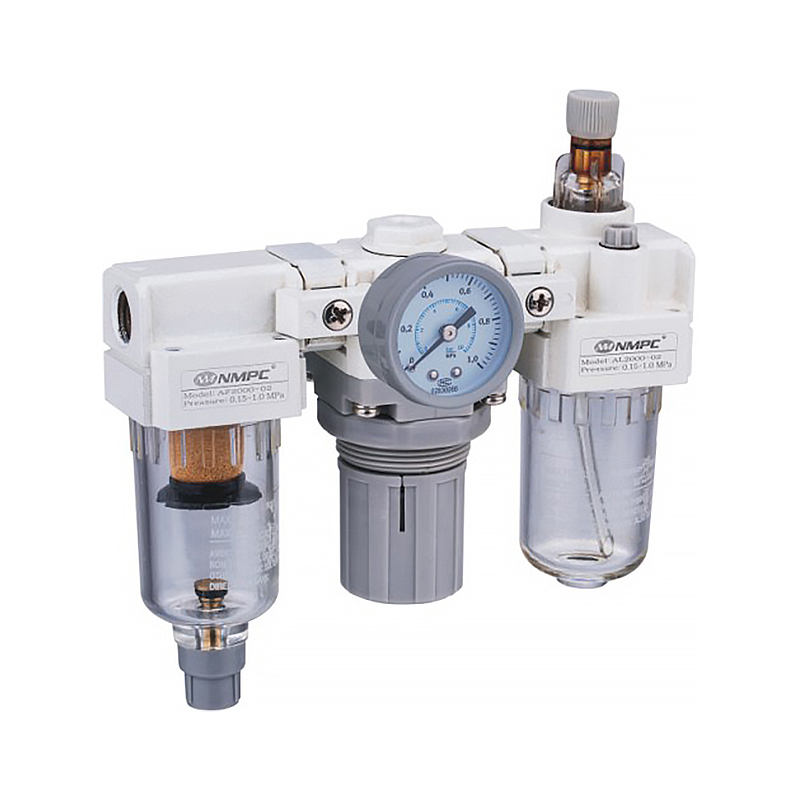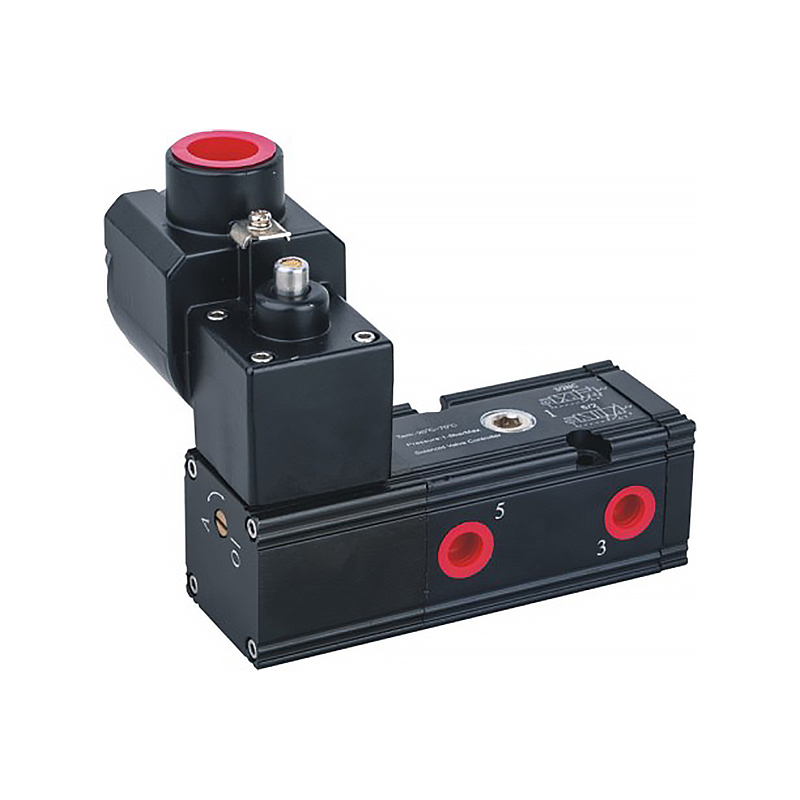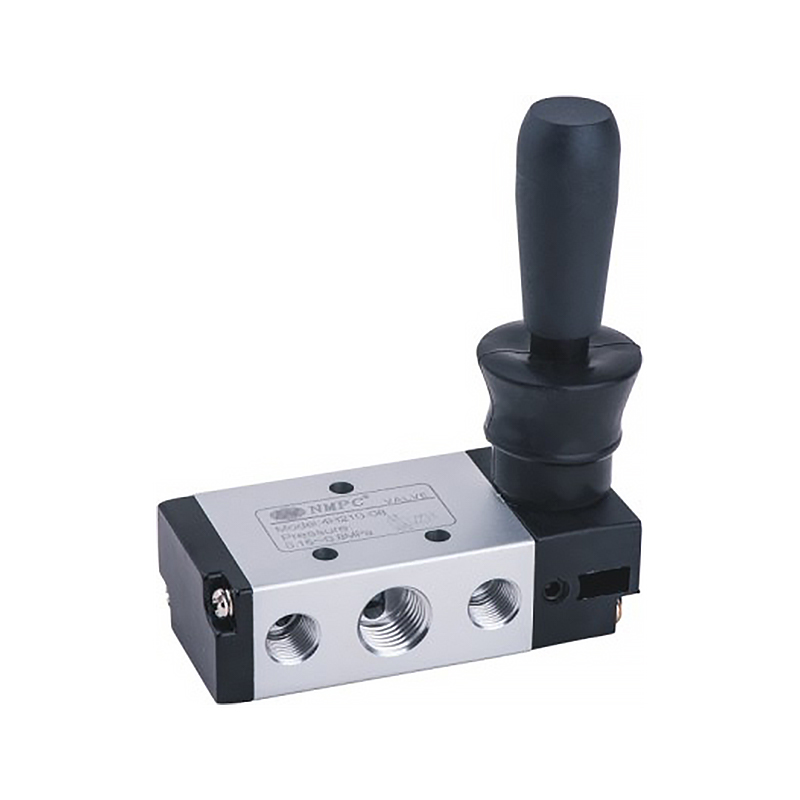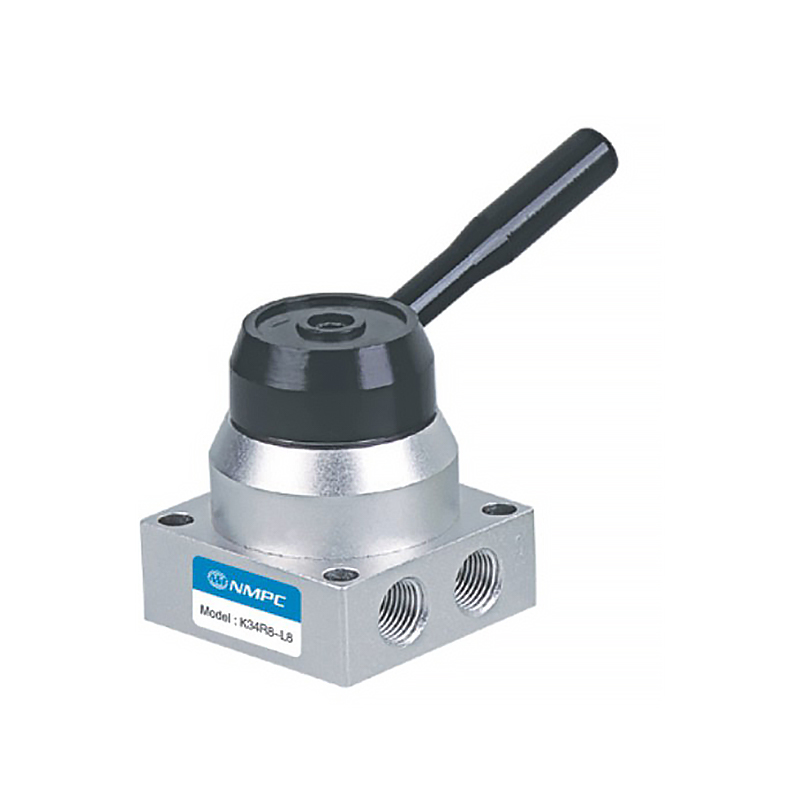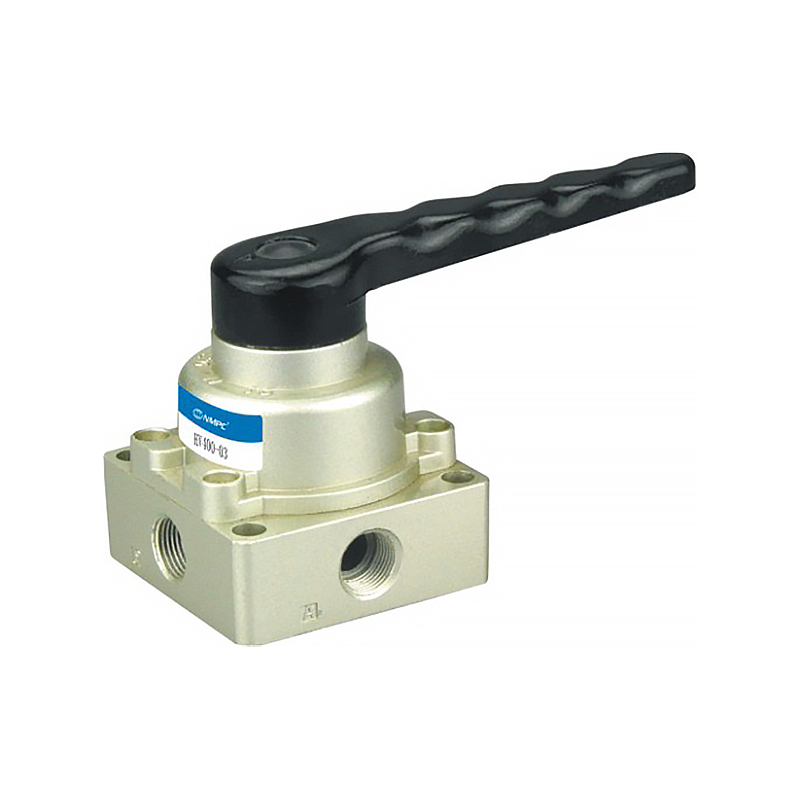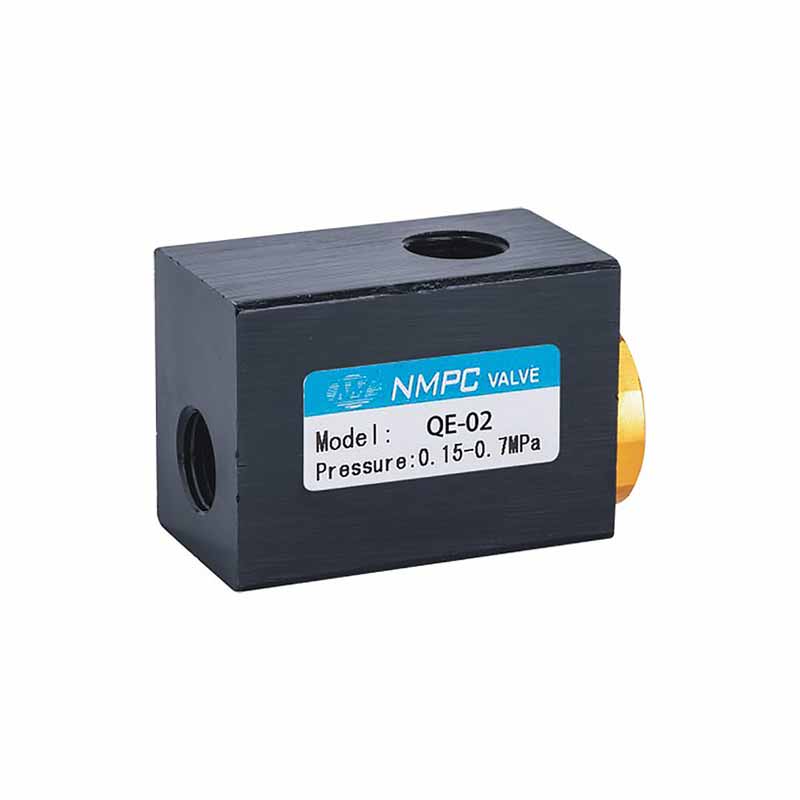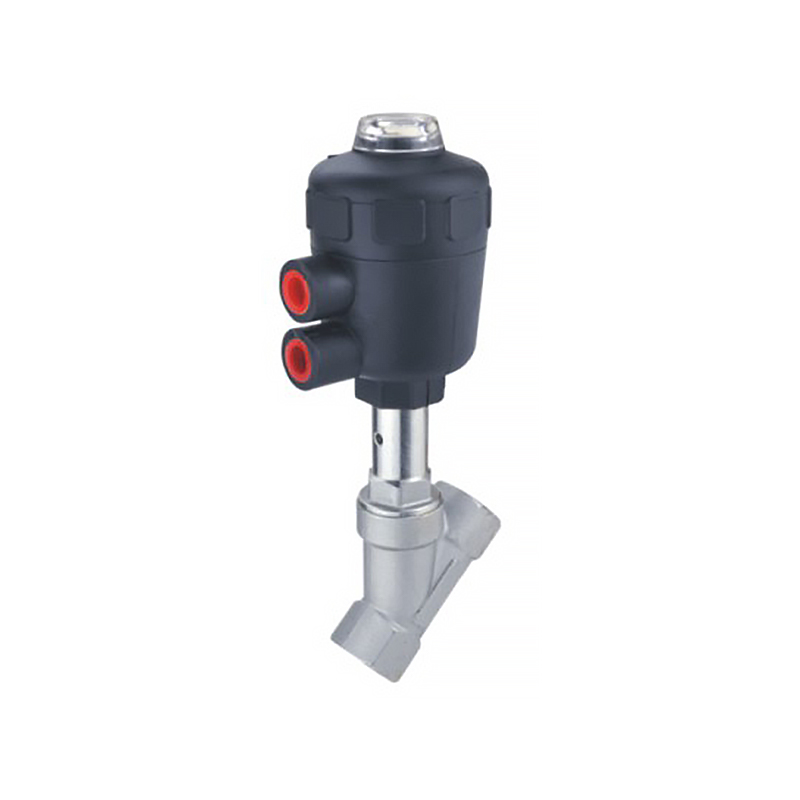Copyright 2022 © Ningbo Xinmadi Automation Technology Co., Ltd. All Rights Reserved.

The working principle of the pressure regulating valve during pressure regulation:
The pre-valve pressure P1 of the process medium becomes the post-valve pressure P2 after being throttled by the valve core and valve seat. The reaction phase is flat and horizontal, which determines the relative position of the valve core and valve seat, and controls the pressure behind the valve.
When the post-valve pressure P2 acts on the top plate, the force also increases. At this time, the force of the top plate is greater than the reaction force of the spring, so that the valve core closes to the position of the valve seat until the force of the top plate is balanced with the reaction force of the spring. At this time, the flow area between the valve core and the valve seat Reduced, the flow resistance becomes larger, so that P2 is reduced to the set value. Similarly, when the pressure P2 behind the valve decreases, the acting direction is opposite to the above.
Working principle during pre-action pressure regulation:
The pre-valve pressure P1 of the process medium becomes the post-valve pressure P2 after throttling through the valve core and valve seat. At the same time, P1 is input into the upper membrane chamber of the actuator through the pressure guiding tube and acts on the top plate. The resulting force and the reaction of the spring The force phase is flat and horizontal, which determines the relative position of the valve core and valve seat, and controls the pressure in front of the valve.
When the pre-valve pressure P1 increases, the force that P1 acts on the top plate also increases. At this time, the action force on the top plate is greater than the reaction force of the spring, so that the valve core moves away from the valve seat until the action force of the top plate is balanced with the spring reaction force. At this time, the flow area between the valve core and the valve seat becomes larger, and the flow resistance becomes smaller, so that P1 is reduced to the set value. Similarly, when the pre-valve pressure P1 decreases, the force direction is opposite to the above.

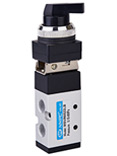
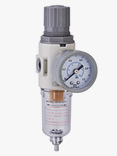
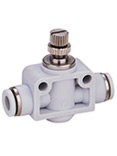
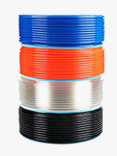
 简体中文
简体中文 English
English